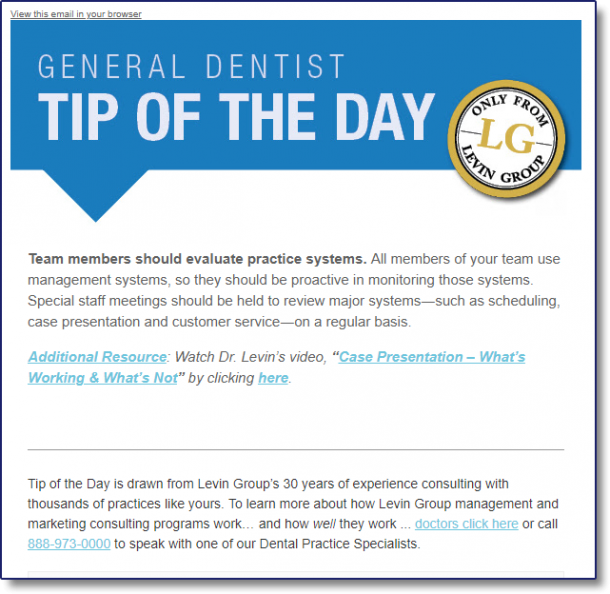How many times have you had a near-perfect day crash and burn… because an emergency patient showed up? Your schedule is humming along like a well-oiled machine with every patient being seen on time… until you get the call. It’s Mrs. Jones or Mr. Wilson, and they got a dental emergency.
Shortly after they arrive, there’s a big boom! That’s the sound of your schedule imploding. Moments later, a giant creaking sound… that’s the sound of your customer service system about to give way.
Your team struggles mightily to do what they can, but as the schedule falls more and more behind, your reception area fills up with patients who are waiting and waiting. They become increasingly restless and impatient and frustrated. They glower at their phones, shoot angry glances at the front desk, and a few of them even get into testy exchanges with team members. Some cancel their appointments. Some just walk out… perhaps never to be seen again.
In the span of a few hours, a seemingly great day quickly turned into a practice management nightmare. How can you prevent that from happening again?
Well, here a few things NOT to do:
Don’t tell every emergency patient to come in right away. Big mistake. Not all emergencies are the same. There are emergencies and then there are emergencies. Train your front desk team to triage patients over the phone to assess how urgent the emergency is asking patients questions such as:
- Are you in extreme pain?
- On a scale of 1 to 10 (10 being extreme pain), how would you rate the discomfort you are experiencing?
- Have you taken anything to relieve the pain? Is that working?
If patients are in extreme pain, then bring them in right away. If they aren’t, you have greater flexibility with scheduling them later in the day.
Don’t take patients back to the operatory and forget about them. Patients in pain are usually extremely anxious, too. The longer they have to wait to be seen, the more time they have to worry unnecessarily about their condition. If you’re going to tell them to come in, make sure you see them as soon as possible. A quick examination followed by palliative care will ease their pain and anxiety. If the practice is extremely busy, tell them a staff member will check on them every 10 or 15 minutes and you’ll be in as soon as possible. Give them an accurate estimate, if that’s possible. These measures reassure patients that they matter and that their care is a priority.
Don’t pretend everything is normal when you are running way behind schedule. One emergency patient, even when the case is well-managed, can wreck the schedule. If that happens, you owe it to your regularly scheduled patients to tell them what’s going on. A simple script such as the following can help: “We’re running a little behind today because Dr. Davis is taking care of a patient with a dental emergency. We apologize for the inconvenience. We expect him to able to see you in X minutes. We understand if that doesn’t work for you and we can reschedule you if you would like.”
When you tell patients what’s going on in the practice, they then then make an informed decision about whether they should continue waiting or reschedule the appointment. That kind of thoughtfulness is appreciated by patients.
Conclusion
Emergencies, by the very nature, are unpredictable. But they can be managed so they don’t blow up your schedule. If you’re making any of the three mistakes detailed above, now’s the time to take corrective action.
Additional Resource
Download a free excerpt from Dr. Levin’s popular Power Cell Scheduling. Go here and click on the “Read an Excerpt” button.
[thb_button link=”https://levingroup.com/practicesuccess/” class=”pull-right” style=”” rounded=”” color=”black” icon=”” size=”medium” animation=”right” ]Back to Practice Success Archive »[/thb_button]
